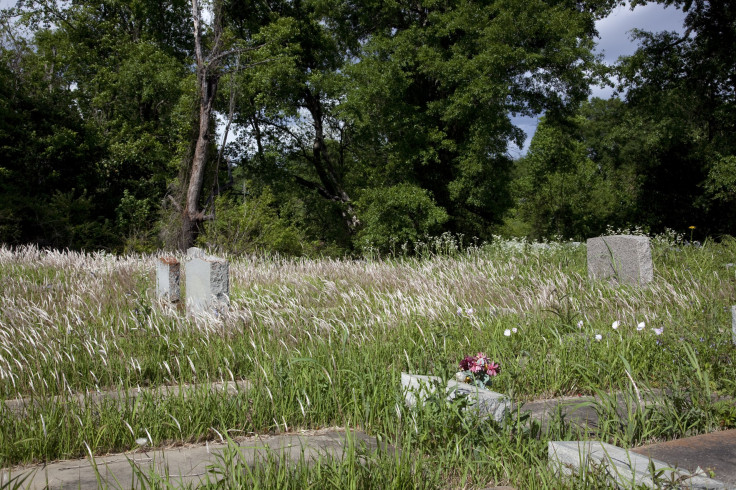Clotilda Facts: Last American Slave Ship Wreckage Found In Alabama

The wreck of the last ship known to bring enslaved people from Africa to the United States has been located by researchers off the northern Gulf Coast, the Alabama Historical Commission said Wednesday. Remains of the Gulf schooner Clotilda were identified and verified along the Mobile River, near 12 Mile Island and just north of the Mobile Bay delta.
"The discovery of the Clotilda is an extraordinary archaeological find," Lisa Demetropoulos Jones, executive director of the commission, said. “The voyage represented one of the darkest eras of modern history and is a profound discovery of the tangible evidence of slavery.”
The Clotilda, captained by shipbuilder William Foster, sailed into Mobile Bay with 110 African men, women, and children and young adults between the ages of five and 23 on board, according to the Encyclopedia of Alabama. The ship illegally transported the people from Benin in Africa to Mobile from February to July of 1860. The Clotilda was then taken into delta waters north of the port and burned to avoid detection.
“After their secret arrival — in 1820 the introduction of Africans was declared an act of piracy punishable by death — about 25 young people were sold upriver to slave brokers, but the majority remained in Mobile. Thirty-two became the property of Timothy Meaher, who had financed the expedition, and his brother James enslaved eight others, including Cudjo Lewis; twenty were sent to Burns Meaher’s plantation in Clarke County; between five and eight went to William Foster as payment for the trip; and others were bought by plantation owner Thomas Buford. The young Africans were employed as deckhands, field hands, and domestics,” the entry continues.
Some survivors of the Clotilda formed a Mobile community eventually known as Africatown.
“Residents of Africatown have carried the memory of their ancestors who were forcefully and violently migrated from Africa to the shores of Alabama. Since then, the final chapter of the Clotilda story has been shrouded in mystery,” the historical commission statement continued.
The announcement of the ship's identity comes a year after another claim that the historic vessel had been discovered. In January last year, AL.com reported that a staff member may have stumbled on remnants of the ship. "I saw this big sort of dinosaur backbone almost, arcing up out of the mud along the shoreline," Ben Raines told NPR at the time.
The Clotilda, the last American slave ship, has been found, the Alabama Historical Commission announced Wednesday. https://t.co/GtK4BaXdCo pic.twitter.com/AQOtaL15ko
— AL.com (@aldotcom) May 22, 2019
But the Alabama Historical Commission ruled out that possibility because of major differences between the two vessels. The false alarm last year helped spark a renewed search that found another wreck now identified as the slave ship.
“This was a search not only for a ship. This was a search to find our history and this was a search for identity, and this was a search for justice,” Smithsonian’s National Museum of African American History and Culture’s Slave Wrecks Project (SWP)'s co-director Paul Gardullo explained. “This is a way of restoring truth to a story that is too often papered over. Africatown is a community that is economically blighted and there are reasons for that. Justice can involve recognition. Justice can involve things like hard, truthful talk about repair and reconciliation.”
The commission is expected to release the full report on their investigation into Clotilda next week at a community celebration in Africatown.
© Copyright IBTimes 2024. All rights reserved.




















